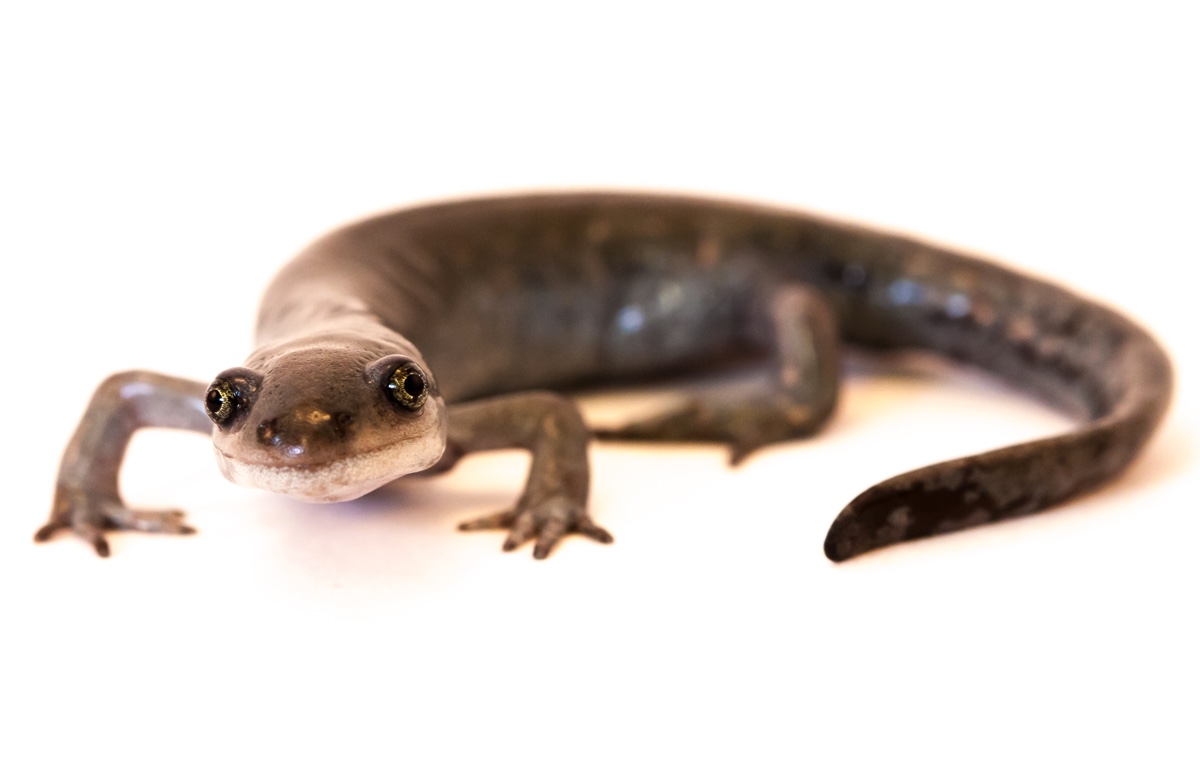
Families come in all shapes and sizes, and not all parents are biologically related to their children. But most people do have two genetic parents, from whom they inherited their DNA. However, a very small number of people technically have three genetic parents, and depending on the definition of "parent," other organisms have many more than that.
So what's the maximum number of parents an organism can have? Some animals can have up to three genetic parents, plants can have at least three, and bacteria can have multitudes.
Humans and most other animals reproduce sexually. A sperm cell from one parent and an egg cell from another combine their DNA to create a new cell. That cell then divides again and again as it becomes a new individual.
In very rare cases, a human could inherit genetic material from three parents in total — from two sperm cells and one egg, or from two eggs and one sperm. The latter happens through a procedure called mitochondrial replacement therapy. Most DNA is stored in the cell's nucleus. But in egg cells, some DNA is also stored in a part of the cell called the mitochondria. When mitochondrial DNA is damaged, it can result in infertility or serious muscular and neurological diseases in children.
To help families facing these challenges, researchers have started replacing mitochondrial DNA in one egg cell with healthy mitochondrial DNA from another. A few children have been born this way over the past decade, although the exact number is not public for privacy reasons. Less than 1% of their total DNA comes from the donor egg.
Related: What is the most genetically diverse species?
Humans and other animals could also, in extremely rare cases, have three genetic parents by chance, if two sperm cells from different parents manage to fertilize the same egg cell. This phenomenon, called polyspermy, is rare because the egg starts blocking other sperm microseconds after fertilization, said Ueli Grossniklaus, a professor of plant developmental genetics at the University of Zurich in Switzerland. While it can happen, he said, "usually the progeny dies."
Grossniklaus explained that when animals combine DNA, the process is organized by structures called centrioles. The reproduction process works with two centrioles — one from the egg and one from the sperm — but not three. "Triploid mammals cannot survive," Grossniklaus told Live Science. "But if, for instance, just a part of the body is triploid, that can work."
Usually, when a triploid cell divides — into three cells instead of the usual two — the new cells will not have the right mix of genetic material to survive. Sometimes, though, some of them will. The child can then wind up with DNA from one sperm in some parts of their body and DNA from another — or both — elsewhere. This mixing, a form of genetic mosaicism, is very rare. It has been documented in human children (who had severe intellectual and physical disabilities) as well as in horse and cattle embryos. In the cases we know of, said Grossniklaus, both sperm were from the same parent. Technically, though, this could happen with sperm from two different parents as well.

Some salamanders in the Ambystoma lineage also have multiple parents, according to a 2017 study in the journal Genome Biology and Evolution. These salamanders have only female offspring, but mate with males from other species in the Ambystoma genus. When a female mates, it keeps some of the male's genes, while discarding others. After studying a female with a triploid genome, or three "extra" genome copies from three different male species, researchers found that each father had contributed equally to the daughter.
"It's mostly balanced," study first author Kyle McElroy, a biologist at Iowa State University, said in a statement. "The three genomes are mostly being expressed equally in this hybrid."
Plants, on the other hand, can have three genetic parents contributing to all the cells in their bodies "because plants do not have any centrioles," Grossniklaus said. To look for plants with more than two parents, Grossniklaus experimented on corn; that research was published in the journal Current Biology. Each corn kernel is a fertilized egg; he let each become an embryo and then examined them. Because of how he set up his experiment, he could tell the fertilizing parents apart. "One for sure was a triploid seed, so it must have had two fathers," he said. Another research group found cells with three parents in Arabidopsis thaliana, a frequently studied mustard plant.
Related: Do trees exist (scientifically speaking)?
But can plants have more than three parents? "I think it's possible," Grossniklaus said, "but you would need some kind of mutation." Plant sperm in pollen reach eggs in flowers via pollen tubes; most eggs have only one tube, but some have two. To get more than three parents, Grossniklaus hypothesized, a plant would need to acquire genetic mutations to produce more tubes. That may be happening in other species, but if so, it has not been studied.
In bacteria, the very meaning of "parent" and "child" gets complicated. Bacteria are single-celled organisms that predominantly replicate asexually, by dividing. When a cell splits in two, "the parent kind of becomes the children," said Susan Rosenberg, a bacterial geneticist at Baylor College of Medicine in Houston. Sometimes, researchers call one of the new cells the mother and the other the daughter. But for bacteria, "child" is a bit of an arbitrary term; the line between parent and grandparent is not obvious.
To make it more complicated, bacteria also acquire DNA from each other and from viruses. "I kind of feel like anyone you get DNA from, unless it's a disease, is probably your parent," Rosenberg told Live Science. "All of the contributors have some little chunk of parentage." Using that definition, Rosenberg said, "bacteria could potentially have thousands of parents — but not usually at the same time."
In plants and animals, the maximum number of parents is limited because each individual has a clear beginning and end. But there is no clear moment when a bacteria becomes a new individual. That means the maximum number of parents for a bacteria, Rosenberg said, is surprisingly large: it is limited only by the total number of genes that a new parent could possibly replace.







